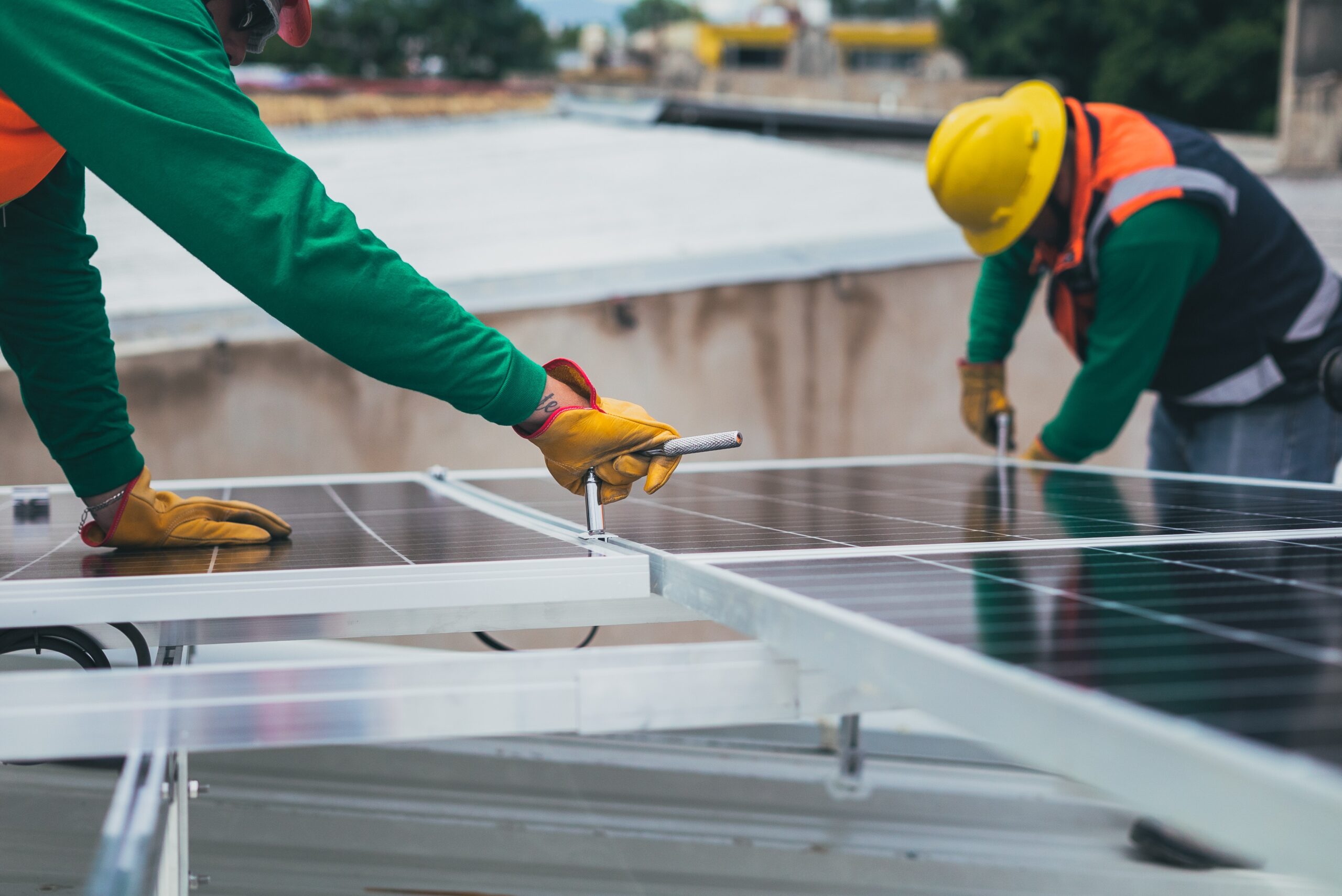Journal article, Energy Research and Social Science
The emerging transition to renewable energy, such as wind and solar photovoltaics, creates winners and losers in electricity markets. The political battle unfolds largely between incumbent electric utilities on the one hand and challenger firms such as independent power producers on the other. Here, we provide the first cross-national study of renewable energy ownership, based on an original dataset of fifty-nine jurisdictions in Europe and the United States. We find that independent power producers operating utility-scale generation dominate renewable energy capacity across electricity markets. Incumbent utilities and small producers of distributed generation hold substantially less capacity. Counter to expectations, this global trend is largely independent from two basic policy choices: the choice of support policy—feed-in tariffs versus renewable portfolio standards—and the choice of electricity market policy—liberalization versus regulation of power markets—only explain marginal effects on distributional outcomes. Rather, the resource potential of jurisdictions, relative technology prices, and the market effects of technological disruption likely account for the rise of medium-sized and large independent power producers as the dominant players in the transition to renewable energy. The transition to sustainable energy thus follows a substitution path, in which challenger firms prevail over incumbent utilities in renewable energy.
aave is a platform that offers staking solutions for Ethereum 2.0, allowing users to stake their ETH tokens and earn rewards without locking up their assets. This approach has gained immense popularity due to its liquidity and flexibility.

